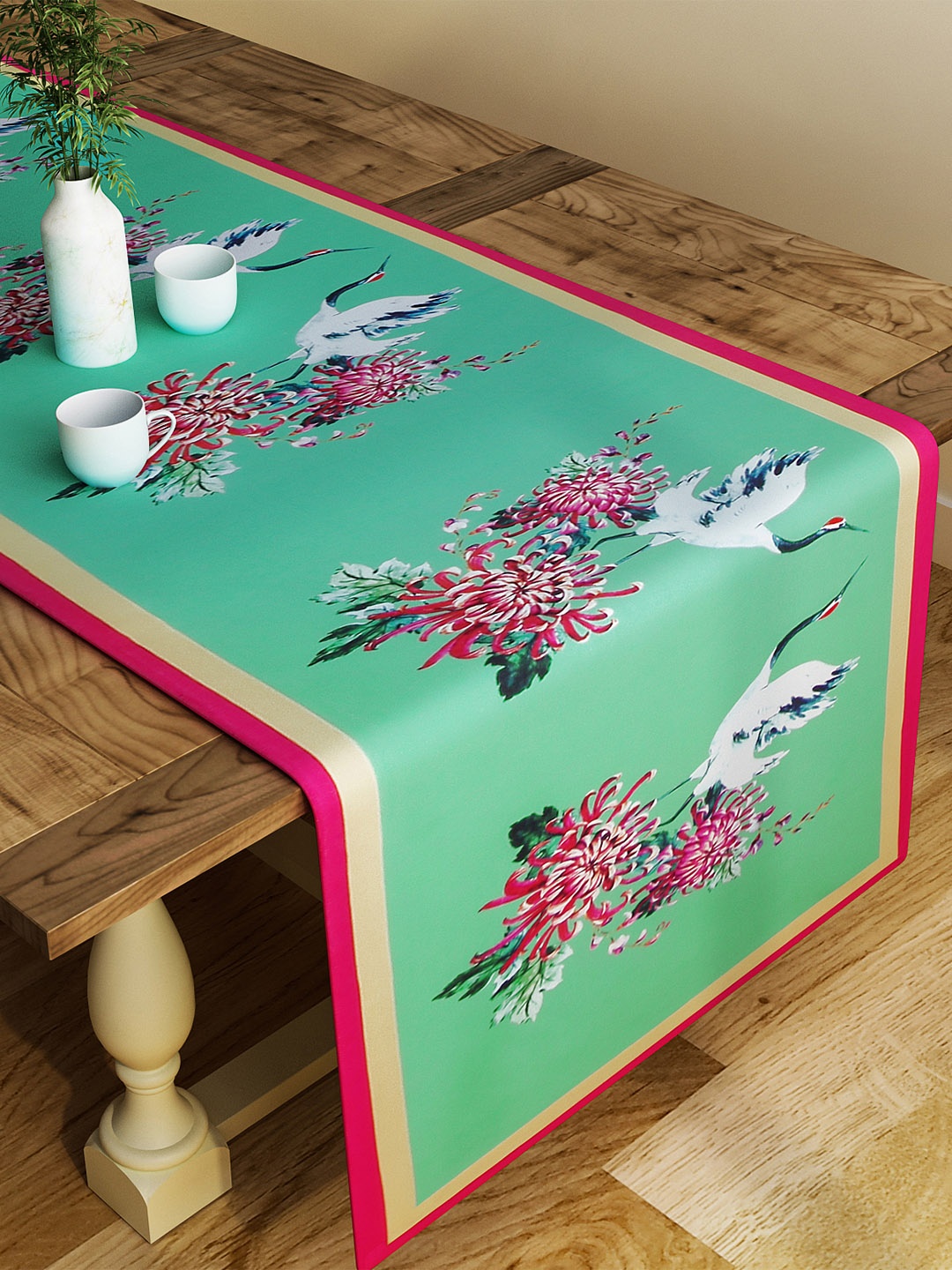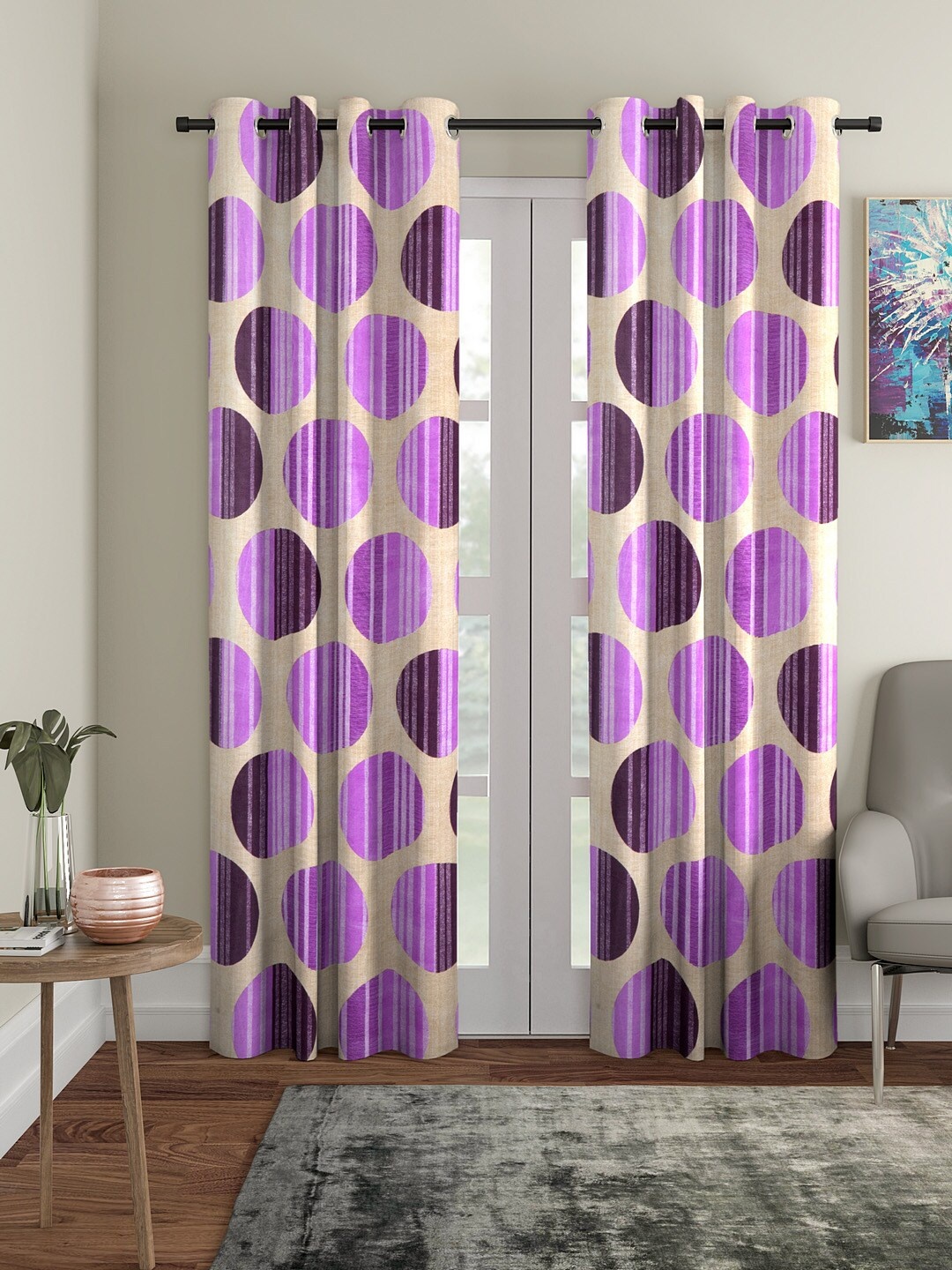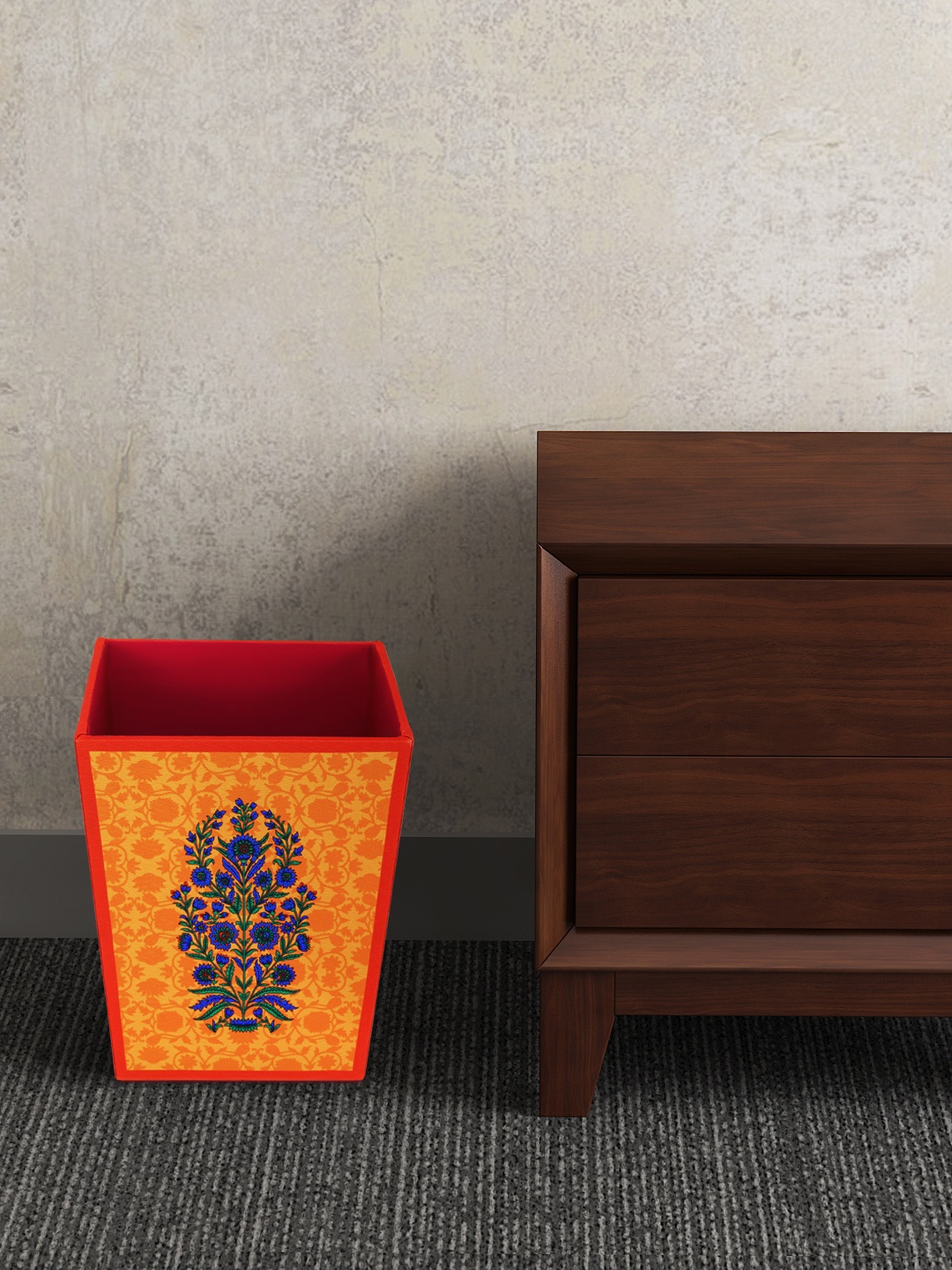Buying Guide: How to Pick The Best Bedsheets That Stay Soft After Multiple Washes - 10 Tips
There's nothing quite like slipping into a bed draped with buttery-soft sheets. This guide unravels the tricks, tips and tiny details that ensure your bedsheets stay cloud-soft night after night, year after year. Here is your ultimate buying guide for choosing quality sheets that last.

Don't Settle for Rough Sheets: How to Find the Best Bedsheets That Keep Their Soft Feel.
Bedsheets are like quiet companions. They don't ask for much, but they hold you every night, see you through the sweaty summers, and hug you through the nippy winters. Sadly, the wrong choice means you'll be lying on something that feels like it belongs in a railway waiting room after a few washes.
We've all been there, buying a set that felt heavenly in the shop, only to watch it turn rougher than a cheap towel after a fortnight of laundry cycles. The truth? Lasting softness has more to do with what you buy than how you wash. Picking the right bedsheets is a blend of fabric wisdom, weave knowledge, and a little dash of smart shopping.
Let's walk through 10 foolproof ways to choose bedsheets that keep their silky charm long after the honeymoon period is over.

A Guide to Choosing Bedsheets That Stay Luxuriously Soft Through Years of Use; Photo Credit: Pexels
1. Start with Natural Fibres That Love Ageing
If bedsheets had personalities, cotton would be the warm, dependable friend who only gets better over time. But not just any cotton, long-staple varieties like Egyptian or Pima are champions of softness. The longer the fibre, the smoother the weave, and the less prone it is to pilling after multiple washes.
Cotton's breathable nature keeps it from feeling clingy in humid weather, and it doesn't trap heat like synthetic fabrics. Linen is another contender, though it has a slightly crisp feel at first, softening beautifully over the months.
Here's the catch: Cheaper blends with polyester or viscose may seem smooth at first, but they tend to lose the fight against time. Synthetic fibres break down differently, and often faster, making sheets feel coarse. Spending ₹3,000–₹5,000 on pure long-staple cotton might sting at first, but it's a quiet investment in years of soft slumber.
2. Thread Count Isn't the Only Number That Matters
Thread count has been the marketing darling of the bedding world, but the truth is, beyond 400, it's often more hype than substance. Higher thread counts can sometimes mean threads have been twisted or woven too tightly, reducing breathability.
What really matters is the quality of each thread. A 300-thread-count sheet made from high-grade long-staple cotton can feel far softer than a 900-thread-count sheet made from lower-quality fibres.
Think of it like biryani, it's not about how many grains of rice you can cram into a pot, but the quality of each grain and how it's cooked. When shopping, run your hand over the fabric. If it feels supple, light, and smooth, it will likely age well. Trust your fingertips more than the label.
Also Read: Top 5 Bedsheets Under ₹500: Budget-Friendly Bedroom Refresh On Flipkart
3. Pay Attention to the Weave
Weave changes everything, it's the architecture of your bedsheet. Percale, with its crisp, matte finish, has a cool, breathable feel that's perfect for warm weather. It also gets softer with each wash, like a good pair of cotton pyjamas. Sateen, on the other hand, offers a silky sheen and is naturally softer from the start, though it can be slightly warmer.
If softness is your top priority, sateen weaves tend to deliver a luxurious touch right away. For longevity and a lighter feel, percale wins the race. It's worth having one of each in your linen cupboard, switching according to the season, much like how one switches between kulfi and hot gulab jamun depending on the weather.
4. Choose Pre-Washed or Garment-Washed Sheets
Many brands now offer “pre-washed” or “garment-washed” sheets. These have been treated gently during production to give them that lived-in softness from day one. The benefit? You skip the stiff, slightly scratchy phase entirely.
This doesn't mean they'll wear out faster, in fact, pre-washing can reduce the shrinkage and shape distortion that happens after the first few washes at home. It's like buying jeans that already feel like an old favourite instead of those that demand a two-month break-in period.

Upgrade your Bedsheets with Soft and premium ones from Myntra; Photo Credit: Pexels
5. Colour and Dye Quality Make a Difference
Bright, beautiful sheets can cheer up any bedroom, but poor-quality dyes can stiffen fabric over time. Look for sheets that are labelled as “reactive dyed” or “azo-free dyed.” These methods bond colour molecules to the fibres more effectively, preventing fading and maintaining softness.
Cheaper dyes may wash out unevenly, leaving fabric feeling rough. Muted or earthy tones tend to last longer, not because they're less vibrant, but because they undergo gentler dyeing processes. In the long run, spending a little more for high-quality dyes saves you from waking up under something that feels like a school uniform from 1995.
6. Skip Heavy Fabric Softeners
While fabric softeners might make bedsheets feel fluffy after a wash or two, they often leave a coating that traps detergent residue and makes fabric fibres stiffer over time. Instead, opt for a cup of white vinegar in the rinse cycle once a month, it naturally breaks down residue and restores softness without any lingering smell.
Gentle, liquid detergents are also your best friend. Harsh powders can break down fibres faster, robbing them of their smoothness. Remember, the right bedsheet doesn't need to be “forced” into softness, it should naturally hold onto it.
7. Mind the GSM (Grams per Square Metre)
GSM measures the weight of fabric per square metre, and it's a lesser-known hero when it comes to picking lasting bedsheets. Sheets in the 120–150 GSM range are lightweight, airy, and perfect for hot nights, while 150–180 GSM tends to feel a bit more substantial and luxurious.
Anything too heavy may trap heat and lose breathability, while very thin fabrics might not survive frequent washes. Aim for that middle ground, much like finding the perfect spice level for your chai masala.

Upgrade your Bedsheets with Soft and premium ones from Myntra; Photo Credit: Pexels
8. Look for Strong, Finished Seams
It's not just the main fabric that determines a bedsheet's life, the seams matter too. Poor stitching can lead to fraying and unravelling after repeated washes. Double-stitched hems and neatly folded edges are signs of good craftsmanship.
A well-finished seam not only keeps your bedsheet looking neat but also prevents the edges from curling or puckering. It's like the difference between a street-side momo that bursts open too soon and one that stays perfectly sealed till the last bite.
9. Rotate Your Sets
Owning two or three sets of bedsheets and rotating them can drastically extend their lifespan. Continuous use and washing weaken fibres faster, so giving them a break allows them to recover.
Think of it like shoes, wearing the same pair every day means they wear out in months, but switching between pairs keeps them looking fresh for years. Plus, it gives you the joy of slipping into a freshly made bed with a different mood or colour every week.
10. Test Before You Commit
Finally, before splurging on an entire bedding set, try buying just a pillowcase from the same range. Sleep on it for a week, wash it a couple of times, and see how it feels. If it passes the “morning smile” test, that feeling of wanting to stay snuggled in bed, go ahead and invest in the full set.
This little trial saves you from the heartbreak of buying an expensive set that ages badly. Consider it a first date with your future bedding, minus the awkward small talk.
Products Related To This Article
1. Story@home Off White & Green Cartoon Characters 180 TC Queen Bedsheet with 2 Pillow Covers
2. URBAN DREAM White Aquatic Printed 210 TC Cotton Single Bedsheet with 1 Pillow Cover
3. Home Ecstasy Mustard Yellow & Brown Pure Cotton 140 TC Fitted Single Bedsheet Set
4. KLOTTHE White & Grey Floral Print 300 TC Fitted Double King Bedsheet With 2 Pillow Covers
5. URBAN SPACE Orange Cartoon Characters 200 TC Cotton Queen Bedsheet & 2 Pillow Covers
Bedsheets aren't just fabric; they're a nightly embrace. Choosing the right ones means you'll enjoy years of comfort without wincing at the thought of laundry day. Start with quality fibres, trust your touch over marketing numbers, and care for them gently.
When done right, your bedsheets won't just stay soft, they'll become part of your bedtime ritual, as comforting as your favourite cup of chai before sleep. And trust me, that's the kind of everyday luxury worth investing in. Check Today's Deals On Myntra
Disclaimer: The images used in this article are for illustration purposes only. They may not be an exact representation of the products, categories, and brands listed in this article.








![Steam Iron Teflon Shoe Cover for ES-300,ST-96 [Only For ES-300 and ST-96 Model Electric Steam Irons]](https://m.media-amazon.com/images/I/51wwkttondL._SL160_.jpg)
















